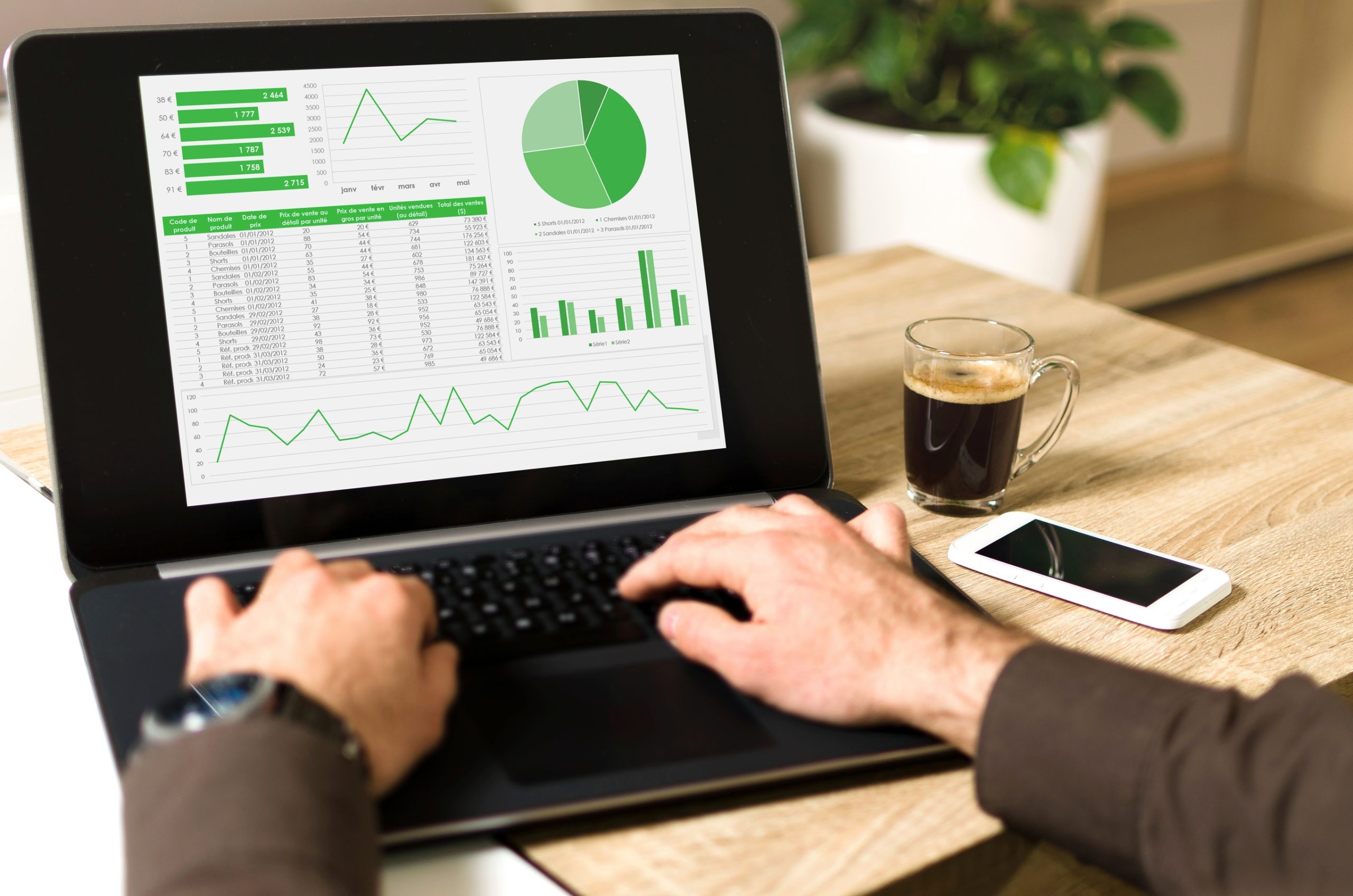3 Easy Steps to a Sustainable Workplace


Just a decade ago, you couldn’t check into a hotel or visit a new office building without being bombarded by terms like “sustainable,” “green” or “LEED-certified.” These were the hallmarks of a modern business. Just stepping inside these spaces made you feel as though you were contributing to the greater good—helping to shrink your community’s collective carbon footprint.

And while environmental trends are still the primary focus for many businesses and pieces of legislation, the hullabaloo around sustainable workspaces seems to have waned.
Is it because the business world has reached the zenith of sustainability? Not at all. In reality, sustainability, while still an underlying current within all business decisions, has taken a back burner in favor of initiatives that yield a faster and more obvious ROI.
Why Sustainability Isn’t a Top Priority
“Part of the challenge of our impending sustainability disaster is that our usual problem-solution process isn’t working,” says Harry West, CEO of frog, a global design firm. “Sustainability is a complex problem: We cannot see, hear or otherwise sense what is happening real-time, and there are no easy solutions.”
Having a sustainable workplace—one that’s not only eco-friendly, but also able to endure well into the future—can benefit your ROI, your growth as a business and provide the innovative edge you need to compete in our evolving marketplace.
Here’s how you can reignite the passion for sustainability within your business:
1. Go Paperless … Really
Many modern businesses pride themselves on being “almost paperless” or “pretty much paperless.” But those last few holdouts keeping you from an entirely paperless environment can add up.
For example, there’s the cost of maintaining copiers and fax machines, printer toner and the financial risk associated with sensitive documents not being properly shredded. Here are a few suggestions to help in your 100 percent paperless commitment:
- Convert to electronic payroll. Digitally create and manage invoices, expenses and employee checks.
- Have a client who still insists on faxing? Use a service like MyFax, eFax or MetroFax that automatically converts incoming faxes to emails or PDFs.
- Need to mark up a document? Use Google Docs to edit and collaborate on documents with other team members in real time.
- Can’t stop jotting things down? Adopt solutions like Evernote, Springpad or Simplenote for meeting note-taking.
- If you must print items for a trade show, for example, set up a centralized system that allows employees to place and track orders. This reduces duplicate jobs and mistakes.
Reducing the amount of paper your business consumes not only reduces waste, it helps your business create more streamlined and future-proof digital processes.
 2. Get Proactive About Facility Maintenance
2. Get Proactive About Facility Maintenance
If you still see your facility maintenance department as your go-to “fix-it” team, you’re making a dangerous mistake. Routine preventive maintenance—think checking pipes, electrical systems, roofing, window and door weatherstripping, foundation and other elements—can help your business pinpoint and solve problems well before they become expensive, business-interrupting catastrophes.
This helps you slowly invest in more environmentally friendly materials as updates are needed, rather than making a heat-of-the-moment purchase after an unexpected disaster.
3. Use the Magical World of IoT
The Internet of Things is transforming everything about the way we work (and play), and this movement will grow, exponentially, as more and more devices become more sophisticated. Yes, this requires front-end investment, but the ROI will be easier to measure than perhaps any other investment to date. That’s because our internet-connected devices are, literally, data machines.
From equipping your HVAC system with a smart thermostat, like Nest, to smart lighting like Philips Hue, there’s never been an easier way to increase the efficiency of your environment—and monitor the savings.
Creating a sustainable workplace is imperative to your survival as a business. By applying the strategies above, you can help your business achieve a more sustainable—eco-friendly and enduring—environment.
Editor’s Note: This post was previously published on Inc.com and has been republished here with permission.
